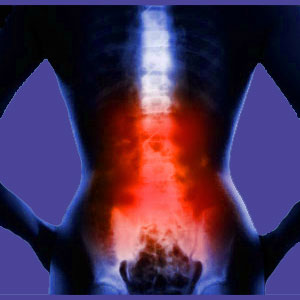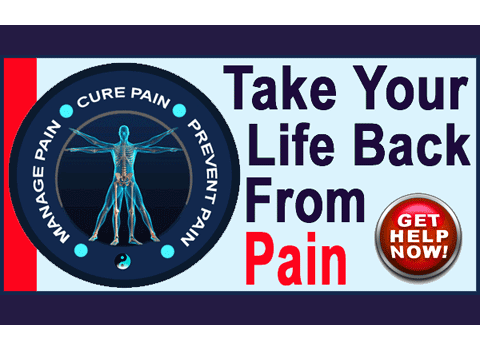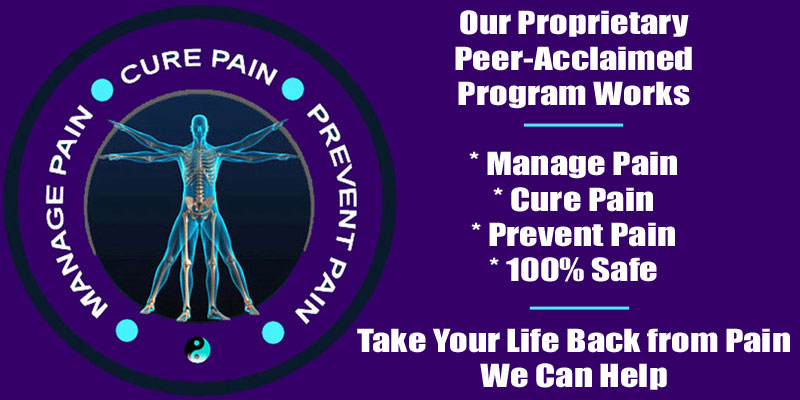
There are so many potential causes of lower back pain and just as many sources that are unfairly blamed for being problematic. The diagnostic practices involved in ascertaining the causes of lumbar pain are technologically amazing, but the human logic used to evaluate the findings is often flawed. The simple truth is that many of the most commonly believed causes of low back problems are innocent of any blame, while some of the most common actual origins of pain are rarely correctly identified and therefore not successfully treated. It is the goal of this resource section to rectify this problem and help patients to learn the truth about verified low back pain causes.
This section provides an extensive list of focused dialogs each pertaining to a separate causative process for pain. We will investigate how symptoms can be generated through spinal structural problems, through muscular issues, through systemic and disease processes and through the interactions between mind and body. No stone will be left unturned when it comes to exposing all the possible causes of lower back suffering.
Causes of Lower Back Pain
Lower back pain is a complicated condition that is notoriously difficult to treat. Outside of sciatica, lumbar dorsopathy demonstrates the very worst treatment results, regardless of the diagnosed source of pain. This is certainly not a comment on the efficacy of available treatments as much it is a logic-based comment on the accuracy of the diagnostic process. When pain is mistakenly diagnosed, treatment stands virtually no chance of curing it. It is truly that simple. Too bad that 99% of patients never think to consider this fact as they hold on to their incorrect diagnostic verdict as treatment after treatment fails them.
Low back pain causes include direct mechanisms of action that elicit pain, such as mechanical breakdown and neurological compression, as well as indirect causes of pain, such as bone porosity and disc desiccation. It is important to realize that many of the so-called causes of pain are actually normal contributors to the degenerative processes, instead of inherently pathological problems. Likewise, just because a condition is not a well-known source of low back pain does not undermine its ability to actually create suffering, regardless of how successful doctors are at identifying the mechanism.
Various Discussions on Lower Back Pain
Below, we provide complete coverage of the most logical causes of lower back pain. As each new article is published, it will be added to the list:
Lumbar spinal degeneration is one of the most often cited reasons for lumbar dorsalgia to exist. While this theory is correct in some select patient profiles, most spinal deterioration is innocent of creating any pain and is not pathological in any way.
Piriformis syndrome describes a condition wherein the piriformis muscle compresses the sciatic nerve, causing pseudo-sciatica pain in the buttocks, legs and/or feet.
Coccydynia is a general term for tailbone pain, which can be created from several different causative mechanisms.
Lumbar lordosis describes the degree of front-to-back curvature in the lower back. Lordosis is normal and helps to balance the spine, reduce stresses and provide excellent posture. However, the degree of expressed lordosis can change and these changes might become pathological and painful.
Lumbar foraminal stenosis is defined as a reduction in patency of the neural foraminal openings through which the nerve roots exit the spinal column. Ever heard of a pinched nerve? Stenosis is virtually always the root process causing them. If you are suffering from a pinched nerve in the lower back, be sure that you understand why this condition is one of the most often misdiagnosed of all dorsalgia issues. Lumbar compressive neuropathy conditions should always be diagnosed and treated by spinal neurologists for best results.
Sacroiliac pain describes symptoms at the joint between the pelvic ilium and the sacral bones.
Lumbar scoliosis might create lower back pain and sciatica through mechanical, neurological and muscular mechanisms.
Cauda equina syndrome is a desperate state of neurological compression in the lower back. CES is a medical emergency and usually involves dramatic expressions, such as incontinence, the inability to stand and numbness in much of the lower body.
Lumbar spondylolisthesis is the most common area of the spine to experience vertebral misalignment and migration.
Lumbar spinal stenosis can be permanent or transient in nature. The area between L4 and S1 is the most often affected region of the spine to suffer decreased central canal patency.
Lumbar arachnoiditis describes inflammation or infection of a particular spinal membrane that can lead to serious health consequences.
Infection in lower back might be caused by disease, injection or surgery. Infection can be a long-lasting and difficult to diagnose source of pain in some patients.
Lumbar spinal syrinx formation is not as common as syringomyelia in the neck or upper back, but can still spell dire consequences for any patient.
Having a cyst or tumor in the lumbar spine can definitely create pain, even when the mass is benign. Lumbar spine cancer increases the risk of pain, since the disease is always malignant and can create widespread health problems.
Lumbar spine instability is a terrible consequence of dramatic injury or extreme spinal degeneration.
Lumbar myelitis describes inflammation of the spinal nerves and the bottom of the spinal cord.
Sacralization is when the lowermost vertebral bone (typically L5 or a transitional L6) is naturally fused to the sacrum.
Posterior ramus syndrome is a rare upper lumbar neurological pain problem at the thoracolumbar frontier.
Lumbar spina bifida describes 3 different severities of structural abnormality that involve holes in the posterior vertebral bones in the lower back.
Fibromyalgia low back pain is one of the most common locations for FMS symptoms to appear.
Osteoporosis in the lower back can create structural and functional difficulties that might lead to painful injury.
Lumbar ligament hypertrophy can affect any of the ligaments in the lower back, but is most commonly associated with the ligamentum flavum.
Lumbar ligament ossification can also affect multiple ligaments, but is most often observed in the posterior longitudinal ligament.
Low back pain from short leg syndrome can occur in some patients due to structural or functional mechanisms of action.
Low back pain from pelvic misalignment is logical, since pelvic positioning is inherent to good posture, as well proper muscular and neurological functionality.
Lower back pain from flat feet is a controversial theory of symptomology that has received more attention recently due to new evidence on the subject.
Lower back pain from standing can greatly limit life enjoyment and productivity.
What causes lower back pain? Are you still looking for more possible explanations? We provide them all in this fascinating article.
Primary Causes of Lower Back Pain
Lower back pain is most often blamed on several common conditions that basically affect all of us as we get older. These big three include degenerative disc disease, herniated discs and spinal osteoarthritis. These conditions are not detailed here, since they receive dedicated coverage in their own respective resource sections. Be certain to read through these causes and understand them before finalizing your research efforts on the potential causes of your low back pain.
If you really want to be sure that you have all the bases covered, also study our guide covering the mindbody processes that are commonly forgotten when it comes to generating lower back pain. Our proprietary program, Cure Back Pain Forever, can help you to find relief immediately from anywhere in the world. The program has earned top honors from many healthcare providers and organizations globally.
Lower Back Pain > Causes of Lower Back Pain






